Choosing the Right Chicken Breeds for Your Climate
Chicken farming in the backyard homesteading can be rewarding. It provides eggs, strengthens our agricultural roots, and controls pests. However, hens thrive in different climates differently. Like a Husky in Florida, some chicken varieties must do better outside their ideal temperatures.
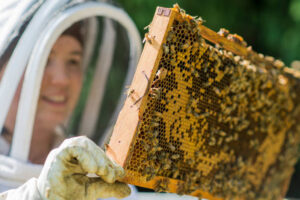
When comparing chicken breeds, remember that each breed has needs and weather tolerance. Nature makes chickens challenging. Fluffing their feathers traps air and keeps them warm in cold weather, while panting and holding their wings away from their bodies cools them in heat. This natural plasticity has limits; therefore, adopting the proper breed may increase health and production.
Buff Orpingtons, Plymouth Rocks, and Rhode Island Reds excel in cooler temperatures. These gorgeous birds have extensive feathering that insulates them from the cold. Their more considerable bulk also maintains body heat. These breeds endure and thrive in winter, laying eggs when others could stop due to cold stress.
In warmer climates, lighter hens, those with less thick feathering, or those with wider combs and wattles dissipate heat better. The Leghorn is a good egg layer and has a large comb to cool. The Andalusian, with its slim body and delicate feathering, prefers warmer conditions. These types need plenty of water and shade during the day, although they can do well in hotter climates.
A breed that can adapt to harsh temperatures is essential for people living in such places. Sussex and Ameraucana breeds are attributed to this adaptability. These hens thrive in hot and cold temperatures, making them ideal for diverse seasonal situations. Their moderate size and balanced feathering help them manage their body temperature year-round.
Water quality and availability are crucial to chicken health and comfort in any environment. Clean, fresh water is essential for poultry care. To minimize overheating and dehydration, heated water dispensers may be required in colder climates or multiple water sources in shady areas in hotter climates.
The shelter is also crucial for weatherproofing chickens. In summer, a well-ventilated coop helps keep the indoor temperature down, while in winter, insulation and draft protection keep your feathery companions toasty. The design of your chicken coop should mirror the local climate, offering shelter from the heat and cold.
Breed affects coop sociality and chicken health. The Australorp and Silkie are gentle and can blend into a mixed flock, while others are more demanding. Creating a healthy backyard ecology where all hens can flourish without stress or conflict requires understanding these temperamental features.
Choosing the proper chicken breed for your climate involves practicality, beauty, and bird welfare. Understanding the environmental boundaries of your area and the biological demands of your hens is tricky. Local poultry aficionados, agricultural extensions, and breed-specific clubs can offer ideas and firsthand experiences to help you decide.
The mutual benefits of backyard poultry make it rewarding. You link directly to your food and help these organisms thrive by providing a habitat. Success in homesteading depends on picking breeds that are physically adapted to the climate and bring joy and fulfillment.
Fortress Building: Predator-Proof Chicken Coop Construction
Protecting chickens is an art and science in backyard homesteading, where life and the environment are entwined. The chicken coop becomes a fortress as the sun sets and predators begin their midnight prowl. This story covers the construction of a predator-proof chicken coop and the difficult decision of picking chicken breeds for different regions, highlighting the holistic approach to backyard poultry care.
Understanding your local hazards is the first step to creating a predator-proof coop. Each predator poses a particular danger for homesteaders, from the sly fox in England to the hawks in the American heartland. Like chess, each move to fortify the coop must anticipate the predator’s countermove.
A hardware cloth skirt around the coop is the first line of defense after digging deep into the ground. This foot-deep barrier prevents foxes and coyotes from burrowing into what they see as a chicken banquet. The skirt forms a subterranean shield, showing how far one will go to protect their flock.
The coop’s walls stand above the earth to show grit and block access. Choosing hardware cloth over chicken wire is crucial in this building story. The hardware cloth’s tiny mesh prevents even the most determined raccoon or snake from reaching through or slithering into the coop, frustrating the menace outside.
The doorway to the coop is fortified. Locks that confuse children protect latches from raccoons’ bright paws, keeping the door locked. As each lock and latch guards the night, simplicity in design becomes complexity in function.
Roofs protect against birds of prey, climbing predators, and rain. The coop becomes a haven against flying and crawling predators with a solid, gap-free covering. Details include ensuring the roof can withstand snow or a curious predator and protecting it from the weather and the enemy.
Ventilation, important for chicken health, becomes critical in this fortification. Hardware cloth-covered windows and vents enable airflow yet keep out intruders. These vulnerabilities turned strengths demonstrate the difficulty of building an open, impermeable place.
While building the coop, a nighttime stronghold, the homesteader chooses chicken breeds for their environment. Breed selection, an essential part of poultry care, requires a profound grasp of how climate affects chicken health and productivity. Breeds with dense feathering and strong constitutions that thrive in northern winters may fail in the south’s heat, while lighter, more heat-tolerant breeds prevail.
This breed selection-coop construction integration shows a holistic approach to backyard poultry management. Designing a predator barrier is not enough; you must also consider the chickens’ environment and predator risks. The breed affects chickens’ comfort, production, and ability to handle environmental stressors like predators.
The homesteader becomes a steward of life by balancing flock needs, environmental demands, and predator dangers in this complicated dance of construction and selection. The coop, a secure haven, and the breeds, chosen based on climate and chicken behavior, form a story of care, protection, and respect for nature.
The art of building a predator-proof chicken coop and the science of choosing the correct chicken breeds for one’s environment make backyard homesteading complex and rewarding. It shows the dedication of those who choose this road, which respects nature, poultry, and the environment.

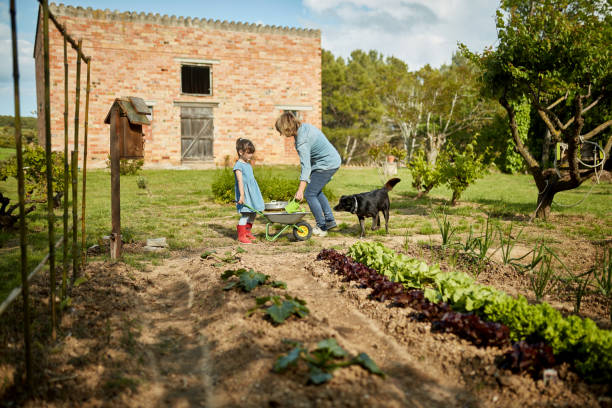
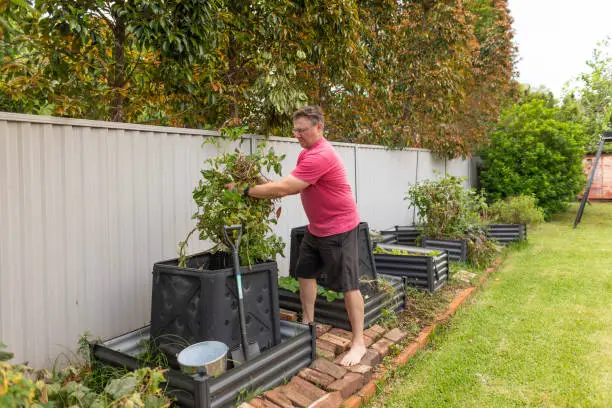
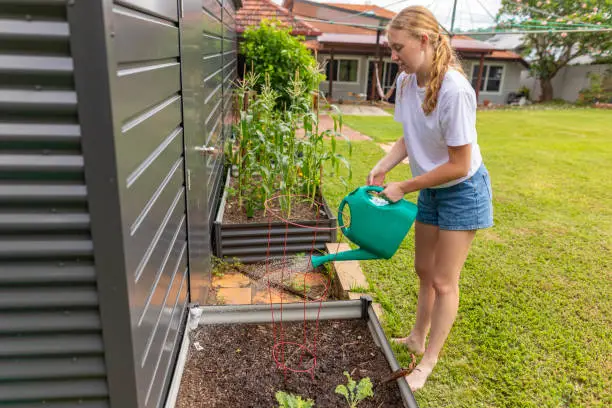
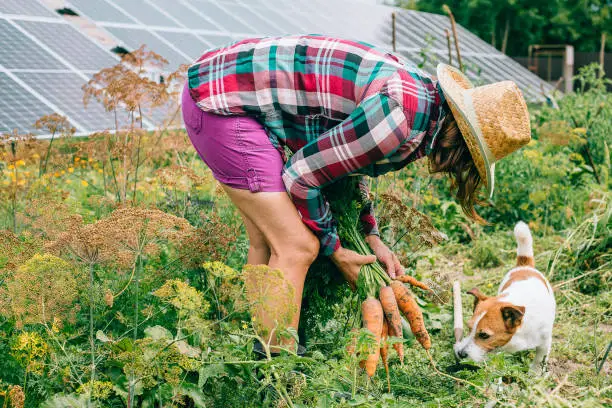

Leave a Reply